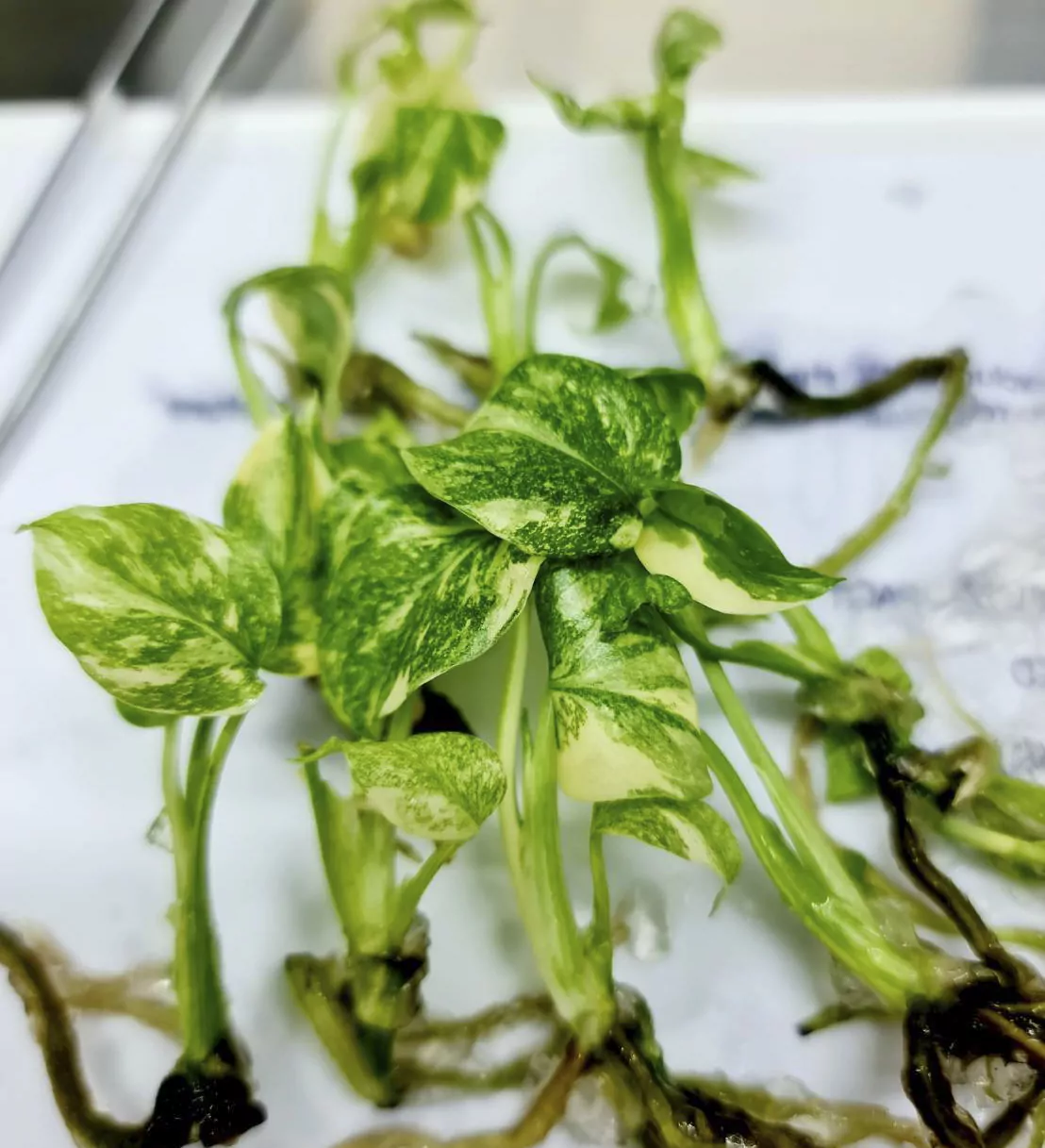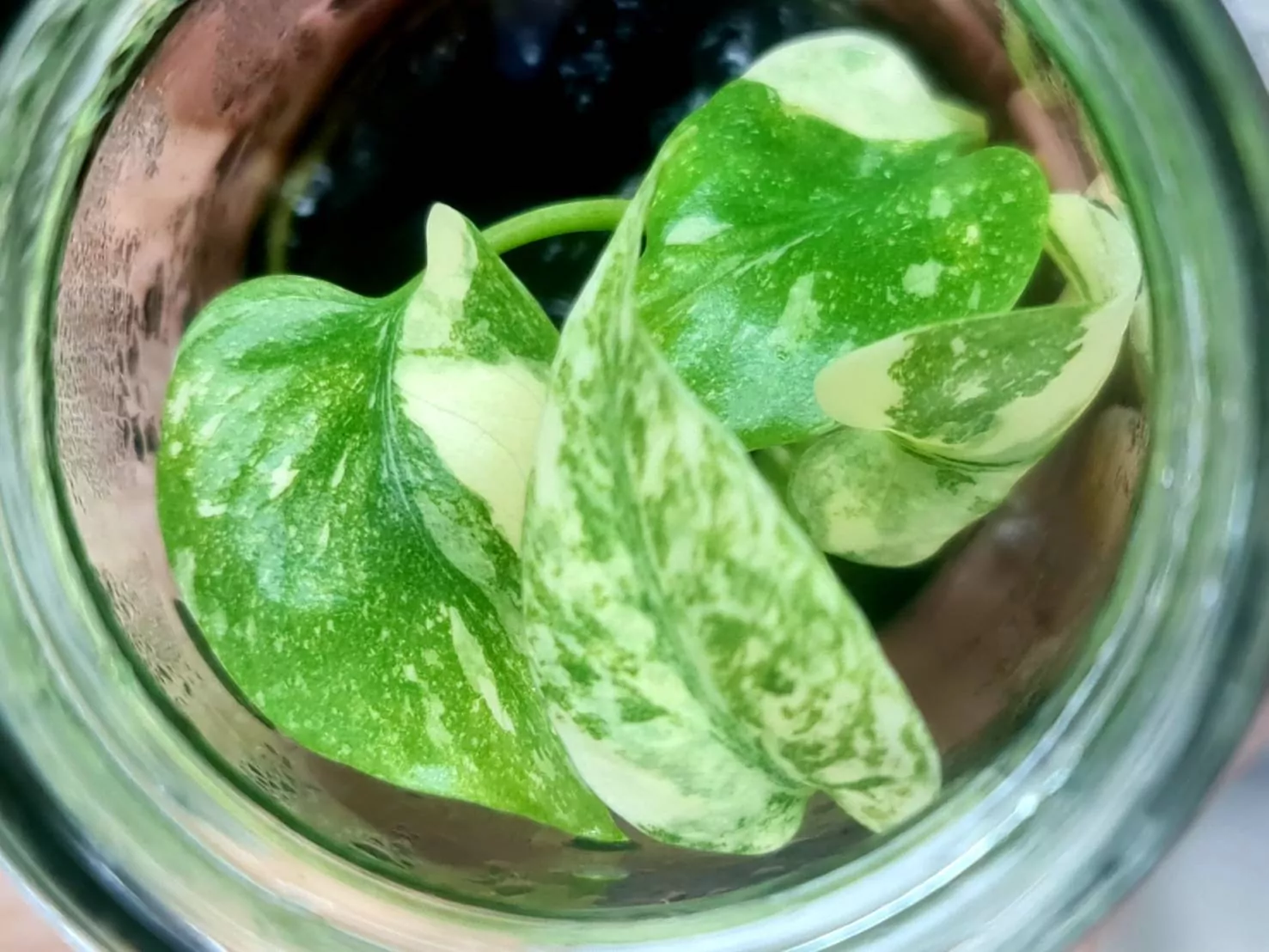Monstera Thai Constellation Tissue Culture
Monstera Thai Constellation Tissue Culture: The Ultimate Guide
Monstera Thai Constellation is a rare and highly sought-after plant species that is known for its stunning and unique foliage. With its delicate and intricate leaves, this plant has become a must-have for many plant enthusiasts and collectors. But despite its popularity, many people still find it challenging to grow and care for this plant. In this comprehensive guide, we will explore all aspects of growing Monstera Thai Constellation, including tissue culture, and provide tips and tricks to help you succeed.
Understanding Tissue Culture and Its Benefits
Tissue culture is a method of plant propagation that involves growing new plants from tiny pieces of tissue, known as explants. This method is used to produce large numbers of genetically identical plants and to eliminate any potential diseases or pests. Tissue culture is also an excellent option for those who wish to grow Monstera Thai Constellation, as it is a slow-growing plant and can take several years to mature in traditional propagation methods.
The benefits of tissue culture are many. For one, it ensures that you are starting with a clean, disease-free plant. This means that you won't have to worry about pests or diseases affecting your plant's growth. Additionally, tissue culture allows you to propagate plants at a faster rate than traditional methods, which means you'll be able to enjoy your new Monstera Thai Constellation much sooner.
Understanding the benefits and process of tissue culture is crucial for successful propagation, a technique extensively covered in our Propagation Monstera guide.

Transform Your Space Today! Get Your Own Monstera Thai Constellation Tissue Culture and Experience the Beauty of Rare Indoor Gardening. Order Now and Begin Your Botanical Adventure!
Preparing the Tissue Culture Environment
Before you begin growing Monstera Thai Constellation through tissue culture, you'll need to make sure that your environment is set up correctly. This involves creating a sterile area where you can carry out the tissue culture process without risking contamination from bacteria or fungi. Preparing the ideal tissue culture environment shares similarities with general Monstera care practices, which are outlined in our comprehensive 'Care Monstera' document.
Here's what you'll need to get started:
- A sterile work area
- Sterilized instruments
- A growth medium
- A container to grow your explants in
- An incubator to maintain optimal temperature and humidity levels
It's essential to use sterilized instruments and a clean work area to prevent contamination. You can sterilize your instruments by using a 10% bleach solution, followed by thorough rinsing in distilled water. Your growth medium should be a sterile, nutrient-rich substance that is appropriate for plant growth, such as agar or coconut coir.
Obtaining Explants
The next step in growing Monstera Thai Constellation through tissue culture is to obtain explants. These are small pieces of tissue taken from the parent plant that will be used to grow new plants. Explants can be obtained from healthy, disease-free plants, and should be no larger than 1 cm in size.
When selecting the explants, it's important to choose those that are free from any visible signs of disease, such as spots, discoloration, or other abnormalities. The explants should also be taken from the growing tips of the plant, as these areas have the highest concentration of cells that are capable of dividing and producing new growth.
Planting the Explants
Once you have your explants, it's time to plant them in your growth medium. This involves placing the explants in the growth medium and incubating them in the optimal temperature and humidity conditions.
When planting your explants, make sure to handle them gently and avoid damaging the tissue. It's also essential to maintain sterile conditions, as any contamination can affect the growth of your new plants.
Caring for Your Monstera Thai Constellation Tissue Culture
Caring for your Monstera Thai Constellation tissue culture involves providing the right conditions to support healthy growth. This includes maintaining optimal temperature and humidity levels, providing adequate light, and ensuring that the growth medium stays moist but not waterlogged. The care for your Monstera Thai Constellation in its tissue culture phase aligns well with the general care tips found in our 'Tips for Monstera' document, ensuring healthy growth and development.
During the early stages of growth, it's important to keep the temperature within a range of 25-30°C and maintain a high level of humidity to support optimal growth. As the plants start to mature, you can gradually reduce the humidity and increase the amount of light they receive.
It's also crucial to monitor the growth medium for signs of contamination and to take action if necessary. This may involve removing affected areas of the growth medium, or using an antifungal agent to control any fungal growth.
Regular monitoring and care are essential to ensure that your Monstera Thai Constellation tissue culture continues to grow and thrive. With the right attention and care, you can enjoy a stunning, healthy plant that will be the envy of all your plant-loving friends.

Conclusion
Growing Monstera Thai Constellation through tissue culture is an excellent way to produce high-quality, disease-free plants that are ready to be enjoyed in your home or garden. With the right preparation, attention, and care, anyone can successfully grow this stunning and unique plant species.
So why wait? Start your tissue culture journey today and experience the thrill of growing Monstera Thai Constellation for yourself!
https://bit.ly/3S3flBi
Nhận xét
Đăng nhận xét